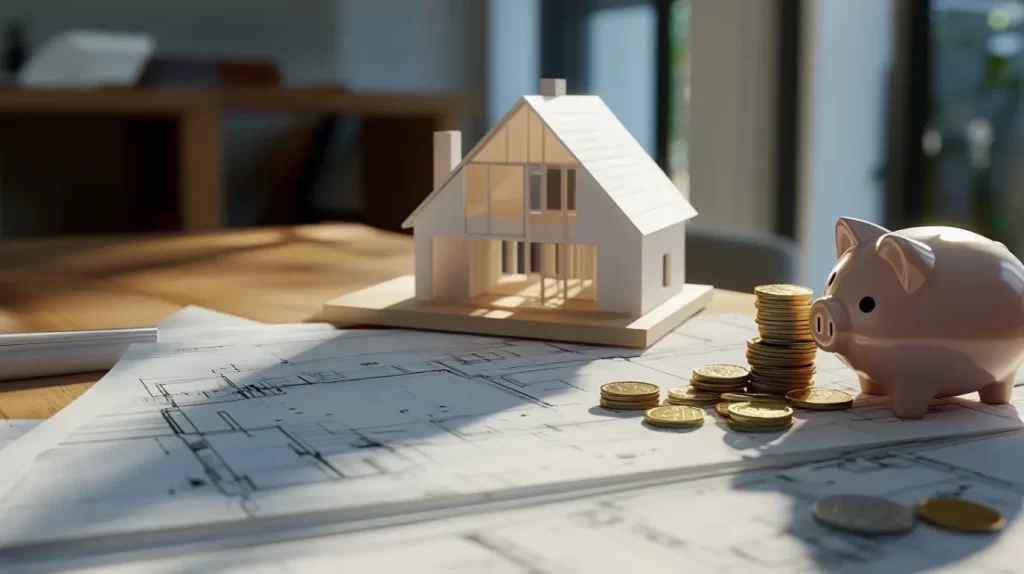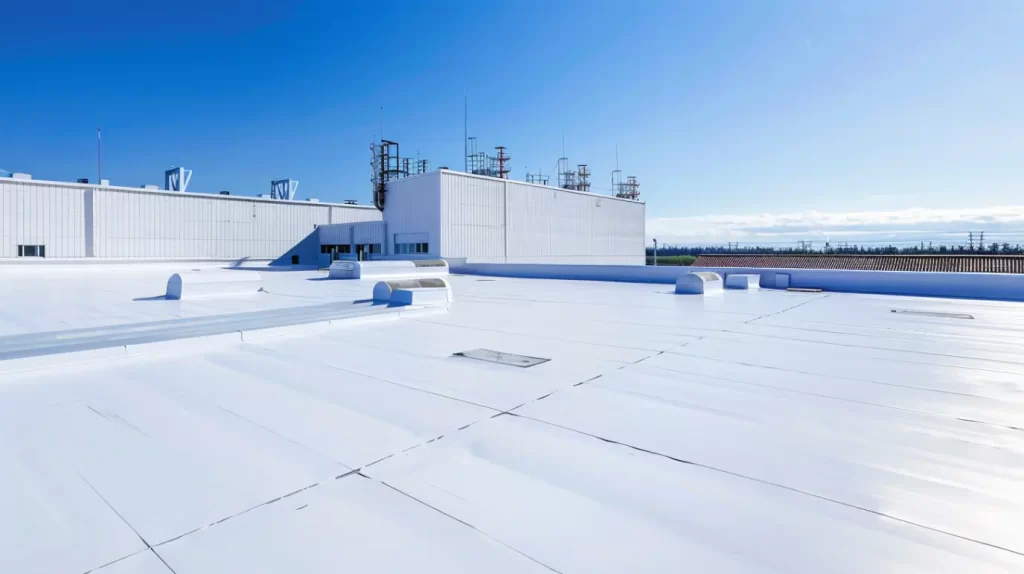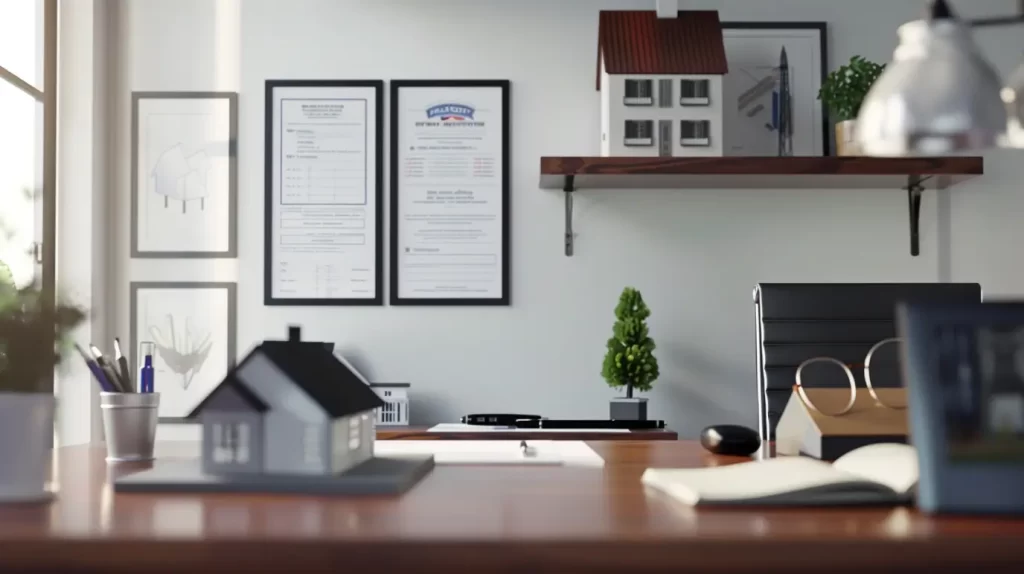Successful execution of a large-scale roofing project hinges on meticulous budgeting. As commercial properties age, the need for roof replacement often emerges, making budgetary foresight essential for property owners. Strategic financial planning ensures that all aspects, from labor to material costs, are accounted for, minimizing the chances of unexpected expenses that could strain finances. Companies like Fontaine Roofing in Orange County, CA, emphasize the importance of prioritizing quality materials and efficient project management. By doing so, businesses not only safeguard their investment but also enhance the property’s value while maintaining operational integrity over time.
Key Factors in Budgeting for Large-Scale Commercial Roofing Projects
Several key factors significantly influence the budgeting process for large-scale commercial roofing projects. Assessing design complexity and roof size plays a crucial role in defining labor costs. A detailed project plan that outlines the scope of work ensures all necessary components are considered, minimizing the risk of unexpected costs. Understanding these elements empowers property managers and business owners to make informed decisions, aligning their financial constraints with long-term objectives while ensuring property value and energy efficiency.
Contact Us
Assessing Roof Size, Design Complexity, and Structural Demands
An accurate assessment of roof size, design complexity, and structural demands is essential for successful large-scale roofing projects. The dimensions and architectural details significantly influence material choices and installation procedures. Ensuring that the design conforms to the building’s structural integrity can prevent costly repairs in the future and optimize energy efficiency. Engaging experienced roofing contractors who understand these factors will help establish a solid foundation for project planning, ultimately leading to better budgeting and reduced financial strain throughout the project’s lifecycle.
The Importance of Detailed Project Planning and Scope Definition
A meticulous approach to project planning is crucial for successful large-scale roofing endeavors. Clearly defined scope of work establishes benchmarks for quality and performance, eliminating ambiguities that may lead to costly repairs or delays. This foresight allows for accurate resource allocation, ensuring that labor costs and material expenses align with financial constraints. Effective communication among team members keeps all parties informed, fostering a smooth process and minimizing the risk of unexpected costs. Ultimately, this diligence safeguards your investment and enhances the overall property value.

Accurately Estimating Roofing Costs in Today’s Market
Precise estimation of roofing costs in today’s dynamic market requires a comprehensive understanding of various interrelated factors. Material choices significantly influence budgets, as prices may fluctuate due to tariffs or availability, impacting the overall project expenses. Additionally, labor costs, equipment rental, and permitting fees can easily become unseen costs that accumulate. Therefore, approaching this phase with a meticulous eye ensures that property managers and business owners can safeguard against unexpected costs, leading to a smoother project experience and reduced financial strain in the long run.
How Material Choices and Tariffs Affect Overall Project Expenses
Material selections significantly drive overall expenses in roofing projects. High-quality roofing materials, such as energy-efficient options and durable asphalt shingles, may entail higher upfront costs, but they can reduce long-term expenses through energy savings and lower maintenance needs. Additionally, tariffs on imported goods can instantly inflate material costs, impacting your budget. A thorough understanding of market fluctuations and potential material price increases ensures informed decision-making, safeguarding your financial situation against unforeseen expenses and enabling a smooth process throughout the project’s lifecycle.
Unseen Costs to Include
Significant expenses often lie hidden in labor, equipment, and permitting when planning a roofing project. Labor costs can fluctuate based on skill levels and the complexity of the work, demanding careful evaluation. Additionally, equipment rental fees may escalate, especially for specialized tools or machinery. Permitting fees can also vary by location and project scope. Understanding these costs upfront offers peace of mind, ensuring your budget comprehensively addresses all potential financial strains during the roofing process.

Managing Unexpected Roofing Expenses
Proactive planning is essential in effectively managing unexpected roofing expenses. Allocating a contingency fund within your budget is a strategic way to prepare for unforeseen costs such as structural damage or urgent repairs. Additionally, maintaining clear communication with your roofing contractor fosters transparency, making it easier to address changes or minor issues as they arise. Regular inspections throughout the project lifespan can help identify potential problems early, ensuring both a smooth process and safeguarding your investment against costly repairs down the line.
Allowing for Contingencies in Your Roofing Budget
In any roofing project, allocating funds for contingencies is not just prudent; it’s essential. By anticipating unexpected costs—such as minor repairs or structural adjustments—property owners can mitigate financial strain. Establishing a contingency reserve safeguards against market fluctuations and labor costs that may arise unexpectedly. This foresight ensures you’re prepared for any necessary repairs or changes without jeopardizing overall project integrity. As a result, a well-prepared budget promotes a smoother process, delivering peace of mind throughout the roofing project.
Managing Scope Creep and Weather-Related Delays
Effective management of scope creep and weather-related delays hinges on proactive communication and clearly defined project parameters. Ensure that all stakeholders understand the scope of work to minimize misunderstandings and additional costs. Build flexibility into your schedule to accommodate weather fluctuations while planning regular touchpoints with your team. By anticipating potential interruptions and setting contingency plans, you can maintain project momentum and adherence to budget constraints, ultimately safeguarding the investment in your large-scale roofing project.

How to Finance Large Roof Replacements
Various financing options exist for large-scale roof replacements, each offering distinct benefits to business owners. Bank loans provide a traditional route, often yielding lower interest rates and manageable monthly payments, fitting well within an organization’s financial situation. Alternatively, leasing may alleviate upfront costs while distributing expenses over time. Manufacturer financing programs can also offer specialized solutions, potentially easing financial strain with tailored terms. Evaluating these options ensures property owners secure favorable conditions to manage project costs and future repairs effectively.
Roof Financing Options
Navigating financial options for large-scale roofing projects can significantly influence your budget. Bank loans often provide competitive interest rates, but careful examination is required to understand terms affecting monthly payments. Leasing offers flexibility, allowing property owners to conserve cash flow and upgrade systems as needed, yet may entail higher long-term costs. Specialized roofing financing, tailored to the industry, often comes with insightful guidance on material costs and maintenance requirements, ensuring an excellent choice tailored to your specific needs for a successful roofing project.
The Pros and Cons of Manufacturer Financing Programs
Evaluating manufacturer financing programs reveals both benefits and potential pitfalls. On the positive side, these options often come with competitive interest rates and flexible repayment terms tailored for roofing projects. Additionally, manufacturers may offer exclusive promotions that can lower upfront costs. However, it’s crucial to consider certain downsides, such as restrictive terms or potential pressure to use specific materials, which can affect overall project outcomes. Weighing these factors against your financial situation ensures informed decision-making.

Choosing Roofing Materials: Cost vs. Quality
Selecting roofing materials involves a careful assessment of both quality and cost to ensure a robust solution for a commercial roofing project. Opting for high-performance materials can mitigate future repair costs and enhance energy efficiency, maximizing property value in the long run. Collaborating with a reputable roofing contractor will provide insights into the best material options that align with your budget while fulfilling specific needs. This strategic approach ensures a successful initial installation and safeguards against unforeseen expenses.
How Popular Commercial Roofs Stack Up on Value
Balancing performance and price is crucial when selecting commercial roofing systems. Asphalt shingles offer an excellent choice for their cost-effectiveness and durability, though they may not match the longevity of premium options like thermoplastic polyolefin (TPO) or ethylene propylene diene monomer (EPDM). Conducting thorough research on energy efficiency, warranty coverage, and maintenance requirements will help clarify long-term value over initial installation costs. By aligning options with specific needs, property owners can ensure optimal performance while maintaining budgetary constraints.
Leveraging Warranties, Certifications, and Vendor Partnerships
Leveraging warranties and certifications enhances long-term roofing investments. As a GAF Master Elite Contractor, we provide substantial warranties against premature failures, ensuring peace of mind for property owners. Our status as a CertainTeed Shingle Master and Polyglass Preferred Contractor allows us to offer top-quality materials and installation. Partnerships with reputable suppliers ensure favorable terms, increasing your project’s value. Collaborating with certified professionals, including our IB Roofing Systems Authorized Applicator status and TRI certification with CACM, CAI, and NRCA, grants you access to superior materials and expertise for a smoother installation while effectively managing risks.

Budgeting Tips for Big Commercial Roofing Jobs
Implementing effective project management tools ensures that you can track expenses and progress seamlessly throughout the roofing project. Regular monitoring facilitates clear communication among team members, allowing for quicker identification and resolution of any potential issues that arise. Additionally, establishing a well-defined scope of work minimizes the chances of unforeseen expenses. Being proactive in maintaining quality materials throughout the project lifecycle not only enhances durability but also preserves property value, effectively safeguarding against future costly repairs.
Tracking Roofing Projects with Management Tools
Implementing project management tools is essential for maintaining oversight of progress and expenses in roofing projects. These tools offer detailed tracking capabilities, ensuring that every phase remains on schedule and within budget. With features designed to monitor labor costs, material usage, and timelines, stakeholders gain clarity on financial allocations, enabling proactive adjustments. Utilizing such technology fosters clear communication among team members and enhances overall efficiency, reducing the likelihood of unforeseen expenses while optimizing resource allocation for long-term savings and project success.
Avoiding Common Budgeting Mistakes
Proper oversight is essential in avoiding common budgeting pitfalls for property managers and HOAs. Many fail to account for unforeseen expenses linked to maintenance requirements or unexpected repair costs, which can jeopardize financial stability. Regular inspections can help identify minor issues before they escalate into costly repairs. Clear communication among team members ensures everyone understands the scope of work, reducing the likelihood of budget overruns. By establishing a contingency fund, property managers can better navigate the complexities of large-scale roofing projects and maintain peace of mind.
Contact Us
Smart budgeting is essential for successful large-scale roofing projects. By diligently assessing various factors, such as material costs and potential unexpected expenses, project managers at Fontaine Roofing in Orange County, CA can ensure financial success. Choosing quality materials and establishing clear communication with team members further solidifies the groundwork for a smooth process. Ultimately, a well-structured approach to budgeting not only safeguards against costly repairs but also enhances property value, providing peace of mind for property owners and business owners alike in addressing their roofing needs effectively. For more information, contact us at Fontaine Roofing.
Read our blog: Executing Major Roofing Projects Without Tenant Complaints
Frequently Asked Questions
How can I forecast long-term maintenance and repair costs?
To forecast long-term maintenance and repair costs, regularly assess the roofing system’s condition, analyze historical data on repairs, and consider factors like material lifespan and environmental impacts. Collaborating with roofing professionals can also provide valuable insights to create a comprehensive maintenance budget.
What documentation should I keep to protect my roofing investment?
To protect your roofing investment, keep records of contracts, warranties, permits, and inspection reports. Documentation of all communications with contractors and suppliers is crucial. This ensures accountability and facilitates claims or repairs in case of disputes or issues post-installation.

